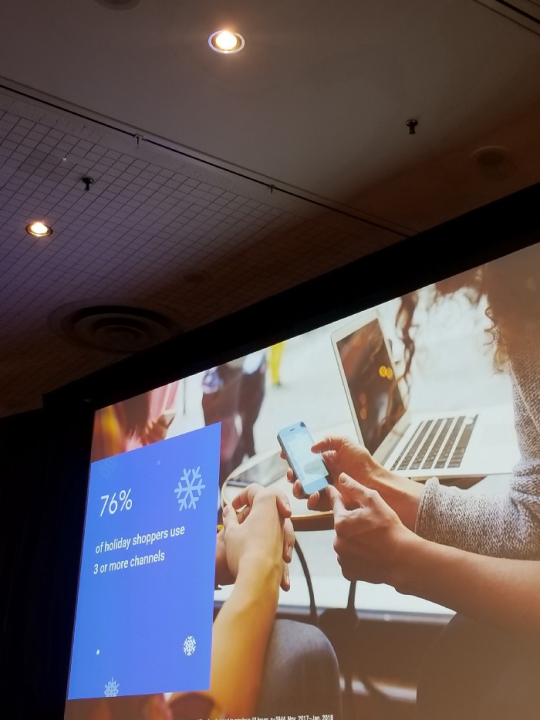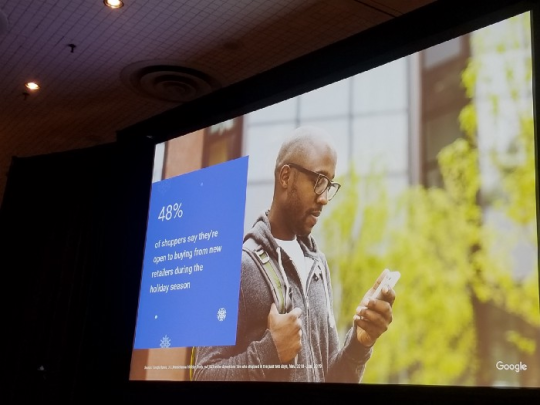Customer Objections are Sales and Marketing Tools
Many people who are new to Sales think that if a Customer does not ask questions or raise Objections during a Sales call; the Sale is moving forward. They find themselves surprised when the customer does not want to buy when they ask for the order. This assumes the Sales person has the courage to ask for the order.
Why Customer Objections are Sales Tools
When the Customer does not ask questions about a product or service it demonstrates a lack of interest. Sales objections are sales tools because the customer shows interest by asking questions. These questions allow the Sales person to build rapport and trust with potential customers. They get to demonstrate their product knowledge and expertise. Without any customer objections or questions, reps have no way to measure their progress during the sales call; making it impossible to pivot. This makes it hard to make sales and build a relationship with the customer.
Why Customer Objections are Marketing Tools
There are certain things that come up when customer raise objections. Over time, Sales people will be able to see patterns of these objection. Objections are raised about pricing, bad past experiences, budgeting, being happy with a competitor and product inferiority. While Reps need to be able to handle objections; if they keep losing the sales for the same reason, they need to share this information with the marketing and product development teams.
How Marketing can Help Sales
Based on the feedback from Sales, Marketing Teams can Create and improve Sales/Marketing Collateral to address potential objections.
On issues of one product being better than another, the product team can: see how the product can be improved, or help provide Sales with Market research/ position materials to illustrate how the product is better.

image from smartdraw.com

image via justworks.com
Customer objections are Sales and Marketing tools because they provide customer intelligence that can be used to sell more/improve products.
Do you think Customer objections are Sales and Marketing tools? Comment and share how you have handled and used customer objections.











